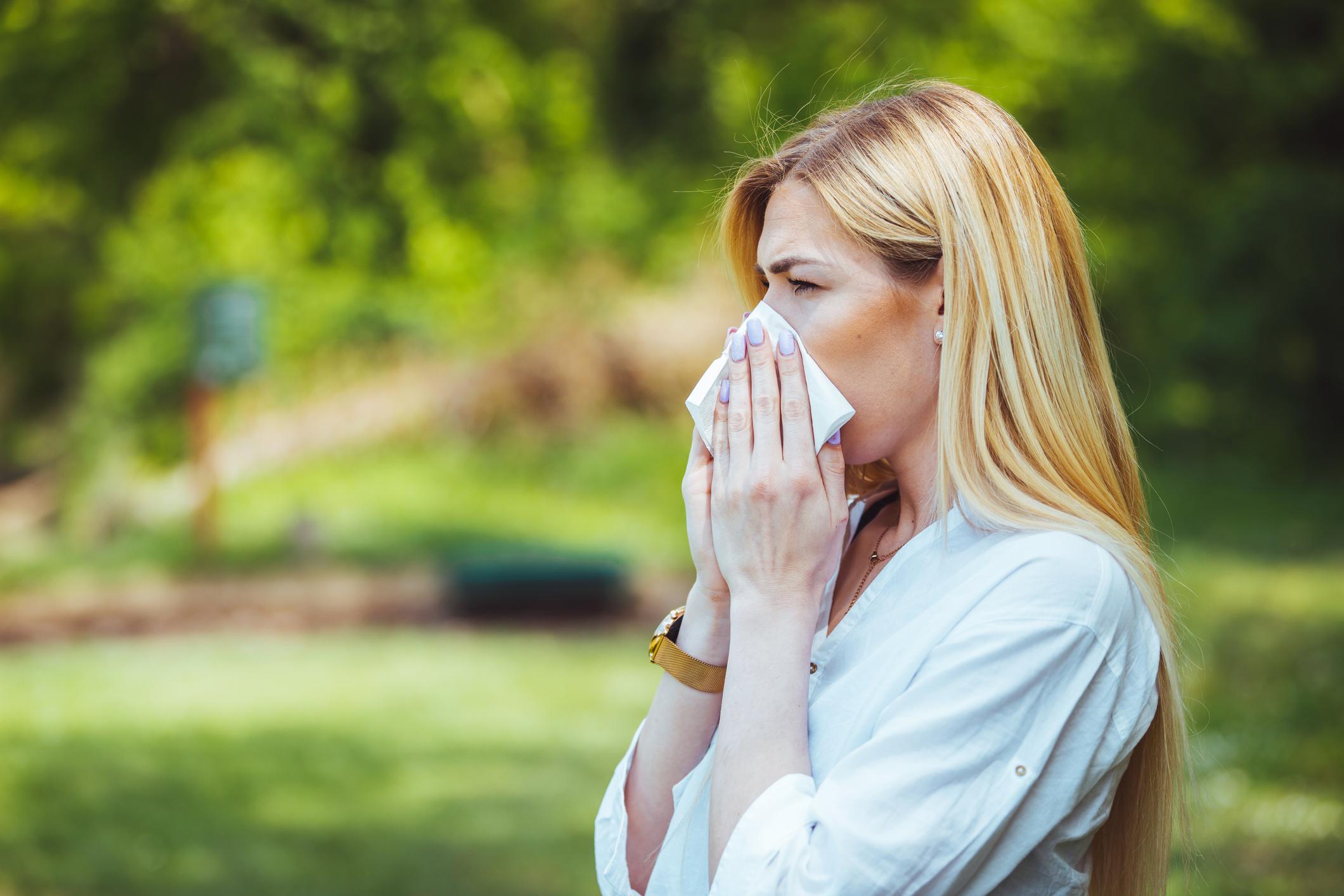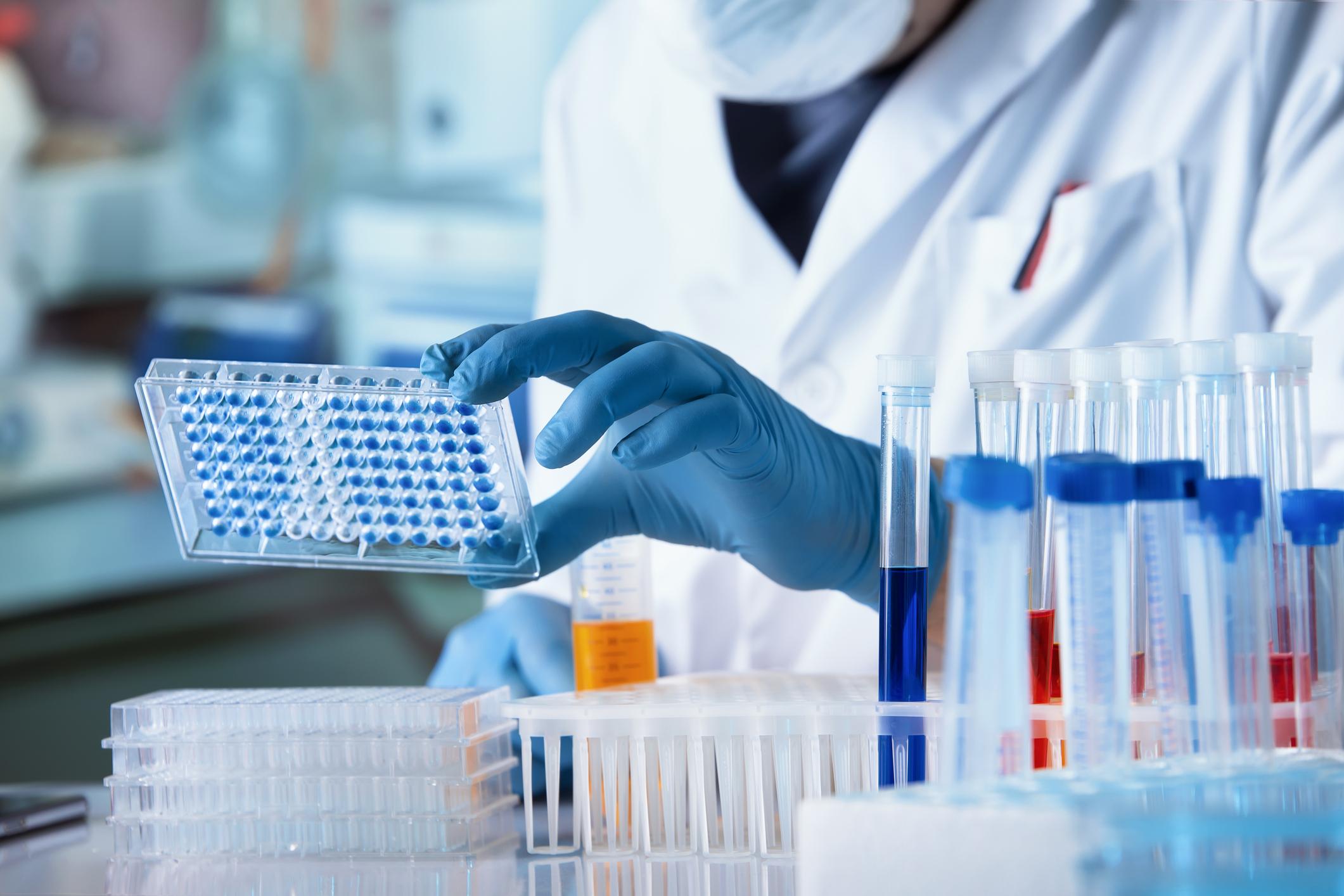“C. difficile”: this is not an abbreviation for a text message, but the name of a nasty bacterium, also called Clostridium difficile, or Clostridioides difficile. It often develops after taking antibiotics and leads to inflammation of the colon. Explanations.
“Clostridium difficile (Cd) was first described in 1935 by Hall and O’Toole and its responsibility in pseudomembranous colitis was demonstrated in 1978″ explains the Swiss medical journal. It mainly affects the geriatric population because it is more vulnerable.
What is this bacterium and where does it come from?
Usually, C. difficile develops in the colon after the patient has been treated with antibiotics. Does that seem paradoxical to you? In reality, what happens is quite simple, antibiotics kill the “good” bacteria of the intestinal microbiota, and this one, of the pathogenic type, can proliferate and replace the harmless bacteria that are usually present in our gut.
The MSD Manual specifies the drugs that cause it: “Almost all antibiotics can cause this disease, but the main culprits are clindamycin, penicillins (such as ampicillin and amoxicillin), cephalosporins (such as ceftriaxone), and fluoroquinolones (such as levofloxacin and ciprofloxacin). Colitis at It’s hard can occur even after very short courses of antibiotics. Colitis at It’s hard may also result from the use of certain chemotherapy drugs.”
Certain factors increase the risk of having this pathogen, starting with the patient’s physical condition, the more severe the disorder, the more exposed to it. Living in a health facility or having a long hospital stay increases the risk. Canadian government website explains this mode of transmission as follows: “The bacterium It’s hard and its spores are found in the stool. People become infected when they touch surfaces contaminated with feces and then touch their mouth. Healthcare workers can transmit the bacteria or its spores to their patients if their hands are contaminated.”
Having undergone gastrointestinal surgery or taking a medicine for stomach acid can expose you to it. But it rarely occurs without taking antibioticssays the MSD Manual.
What symptoms does C. difficile cause?
“When the bacterium It’s hard proliferates, it releases toxins that cause diarrheacolitis, and the formation of abnormal membranes (pseudomembranes) in the colon,” explains the MSD Manual. The resulting colitis can be more or less severe. It can range from loose stools to bloody diarrhea, which can also accompanied by pain and fever.
The Canadian government site points out: “There are many strains of It’s hard different, one of which, the Clostridium difficile North American Pulsed Field Type 1 (NAP1), is likely to cause severe illnesse.” A deadly strain of C. difficile has led to hospital outbreaks, in particular because the dose of toxin it produces is greater. It is less receptive to antibiotics and carries a greater risk of recurrence.
How to get rid of it?
To diagnose it, we analyze the stool and sometimes it is necessary to do a colon examination, via a colonoscopy for example. To fight against the infection, it is recommended to stop the antibiotics that cause it, in general, between 10 and 12 days, the intestinal flora recovers and the bacteria disappears. If this is not the case, another antibiotic is prescribed, such as vancomycin or fidaxomicin.
“Symptoms return in 15 to 20 percent of people with this condition, usually within a few weeks of stopping treatment. As soon as diarrhea returns, people take another round of the same antibiotic,” the MSD manual notes. Another approach to cure this infection is fecal transplantation, which involves placing 200 to 300 milliliters of fecal matter from a healthy donor into the patient’s intestine.
Sources: Swiss medical journal, MSD, Canada.ca


















